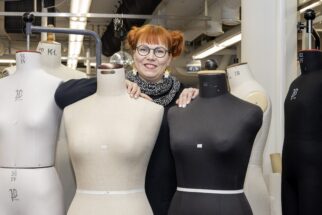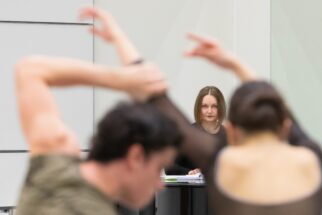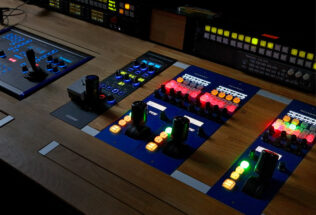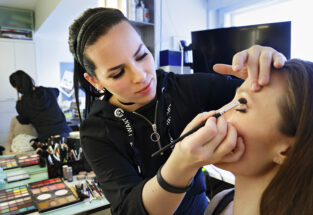
Peek behind the scenes: professionals present their tools
The Opera House is home to leading professionals from different fields. In this article, a few of them share insights into the key tools of their trade. Don’t miss the enchanting photos!
Hair and Make-up Artist Laura Nieminen
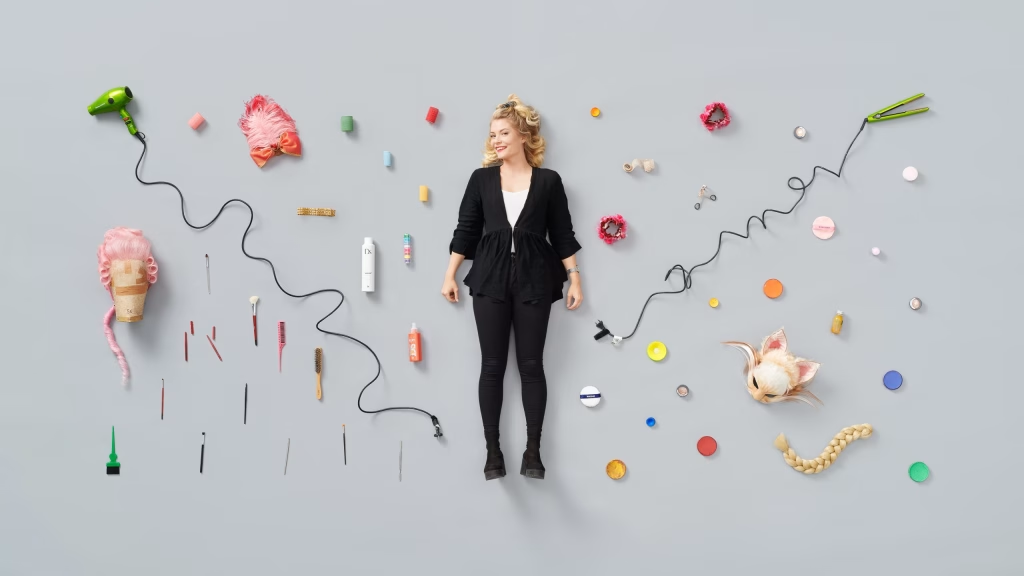
Hair and make-up artists prepare the singers and dancers for performances. We create their hairstyles and make-up before the show, but we’re often busy during it, too. Make-up begins two hours before showtime, with around 20 minutes allocated for each performer.
Our essential tools include hairdryers, straighteners, brushes, rollers, and hairspray, as well as powder puffs, eyelash curlers, and spatulas. In addition to this, we use make-up, glitter, and face and body paints. Face and body paints are needed for full-coverage looks but must be applied carefully: we avoid oil-based paints to prevent anyone slipping onstage. Sometimes, we also craft various types of masks by hand.
“I enjoy productions that keep us busy. So-called quick changes, where we adjust a performer’s make-up during the show, require us to work in the wings or even on the stage.
With quick changes, time is tight – we might only have seconds to redo a bun hairstyle, so every movement must be planned meticulously. That suits me well, as I love being organised.”
Acting Principal Double Bass Sami Koivukangas
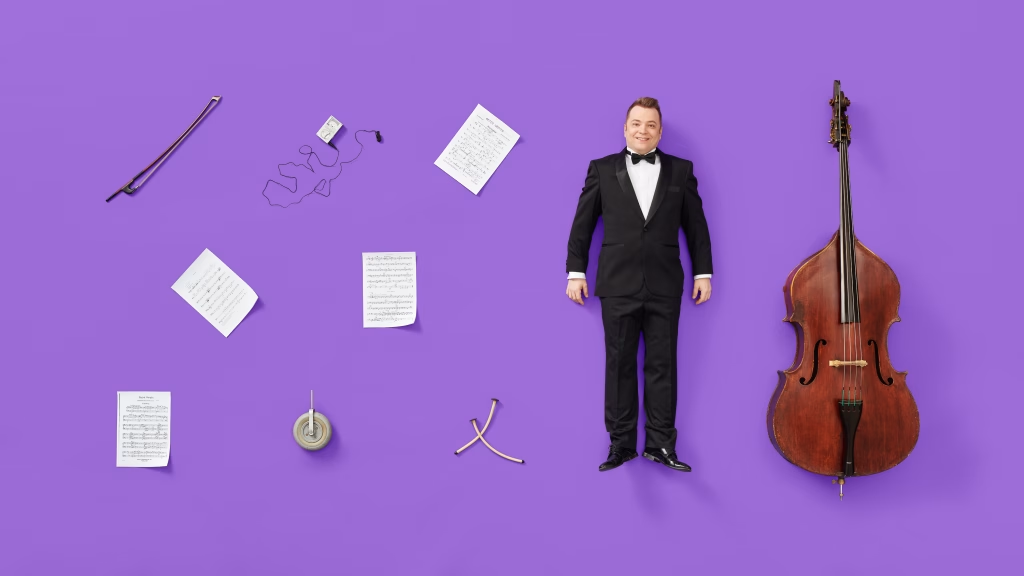
My instrument, a Thomas Kennedy bass from 1835, is my most important tool. Old instruments like this have unique characteristics, with sounds and features that vary greatly. The same goes for bows: every player must find the one that’s right for them.
Unlike other string players, double bass players use a tuning device. Tuning a double bass is slow, and its low frequencies mean tuning can’t be done in sync with the orchestra. At the final orchestra-wide tuning just before a performance, we only do a quick check.
Humidifiers are essential, especially in winter. Double basses are sensitive to humidity changes because of their large wood surfaces. Without a humidifier, an instrument can go out of tune or even crack.
A wheel can be attached to the spike at the bass’s base, allowing it to be rolled instead of carried. That’s the best invention since sliced bread!
Our music comes from the Finnish National Opera’s own library. Familiar works are rehearsed closer to the premiere, but challenging ones may be studied for months in advance.
“I find it fascinating that the musician’s role has hardly changed over centuries. You couldn’t outsource this work to robots.
While the support functions around us evolve, the core job is much like it was 200 years ago. It’s fun that the tools we use and the works we perform can be just as old.”
Front of House Supervisor Anna Suomela
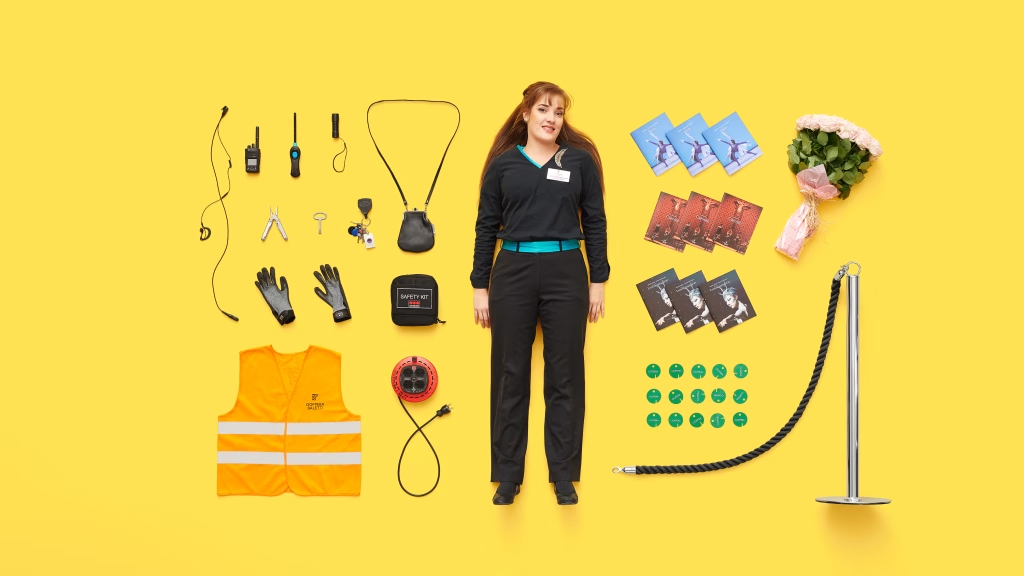
To my right is the part of my job that is visible to our audience: programme sales, cloakroom services, and ticket checks. To my left is all the behind-the-scenes work that keeps everything running smoothly.
The most crucial tool in front-of-house services is the walkie-talkie, which I use to communicate with other front-of-house staff and the stage manager overseeing the performance. I also always carry a Leatherman multitool. You never know when you’ll need to open a package or tighten a loose screw.
I’ve been in front-of-house services since 2013, and I’m now the team leader. I have over 50 amazing people in my team, aged 18 to 68, with 25–30 working on each performance. Their duties are divided between the cloakrooms, supervising the auditorium, managing the main entrance, and monitoring the auditorium doors. What’s more, a few “free agents” always co-ordinate the taxi queue, handle accessibility issues, and help wherever needed.
I’d find it hard to imagine myself doing only office work. It’s important to me to be on the ground, so I still work shifts during performances.
“One of my favourite tasks is delivering flowers from the audience to the performers. It’s a moment that really captures the joy our performances bring.”
Lead Principal Dancer Anna Sariola
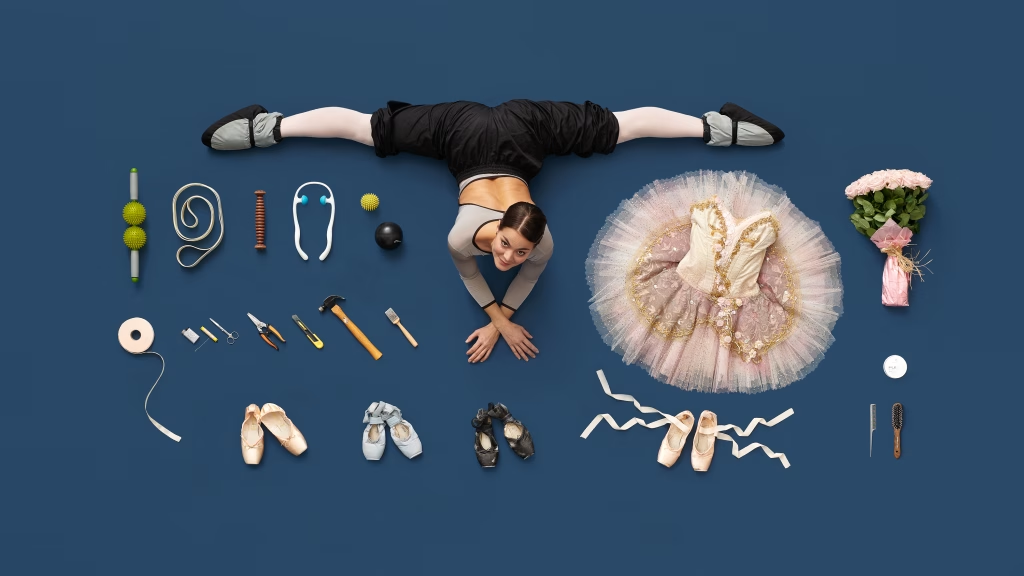
A dancer’s body is their most essential tool. It requires care every day in the morning, between rehearsals, and afterwards. I also do extra warm-ups as part of my morning and afternoon walks with my dog, whenever my sleepy bulldog agrees to take a proper walk.
I often have around ten pairs of pointe shoes in use at once. Feet change size from morning to evening and during performances. Different shoes are sometimes needed for each act of the same ballet, with quick changes in the wings that might take only 30 seconds.
For ecological reasons, I like to use my shoes in rehearsals until they’re worn out, but only the best pairs are reserved for performances. You can’t go on stage with a brand-new pair, though. The shoes need to be broken in, adapted, labelled for their purpose, and set aside so they don’t wear out prematurely. I adjust the soles with a craft knife, pliers, and a hammer, and burn the ends of the ribbons to prevent fraying.
The down booties I’m wearing in the photo are part of my daily routine, keeping my ankles and toes warm during breaks and when I move between rehearsal rooms. They were originally designed for Alpine climbing, but they’re perfect for dancers too.
“I thought tutus were the most wonderful performance costumes when I was younger, but over the years, their appeal has faded. For instance, in Carmen, it was amazing to play real, bold, grown women rather than delicate princesses.”
Text PAULA RANTO, TUIKE LEHKO
Photos UNTO RAUTIO

